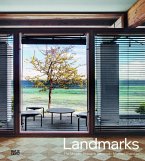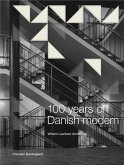The architecture of Denmark has its origins in the Viking period, richly revealed by archaeological finds. It became firmly established in the Middle Ages when first Romanesque, then Gothic churches and cathedrals sprang up throughout the country. It was during this period that, in a country with little access to stone, brick became the construction material of choice, not just for churches but also for fortifications and castles. Under the influence of Frederick II and Christian IV, both of whom had been inspired by the castles of France, Dutch and Flemish designers were brought to Denmark, initially to improve the country's fortifications, but increasingly to build magnificent royal castles and palaces in the Renaissance style. In parallel, the half-timbered style became popular for ordinary dwellings in towns and villages across the country. Late in his reign, Christian IV also became an early proponent of Baroque which was to continue for a considerable time with many impressive buildings both in the capital and the provinces.








